Wonder Woman: Tempest Tossed author on rebooting Diana's origin story through a real-world lens

From an unstoppable warrior to a struggling teenage refugee, get ready to see Wonder Woman in a whole new light thanks to Laurie Halse Anderson’s Wonder Woman: Tempest Tossed.
The new DC Comics YA graphic novel from the critically lauded author of Speak, illustrated by Leila del Duca, reimagines the Princess of Themyscira as a young girl on the eve of her 16th birthday as her celebrations are cut short when rafts carrying refugees break through the barrier separating her island home from the outside world. When Diana defies the Amazons to try to bring the outsiders to safety, she finds herself swept away by the stormy sea. Cut off from everything she’s ever known, Diana herself becomes a refugee in an unfamiliar land. Now she must survive in the world beyond Themyscira for the first time — a world is filled with danger and injustice unlike anything she’s ever experienced. With new battles to be fought and new friends to be made, she must redefine what it means to belong, to be an Amazon, and to make a difference in a story about growing into one’s strength, fighting for justice, and finding home.
But Wonder Woman: Tempest Tossed is more than just a reboot of Wonder Woman’s origin story. With Anderson weaving in real-world issues like refugee crises and child trafficking, she’s also hoping to make an impact by reaching young future activists.
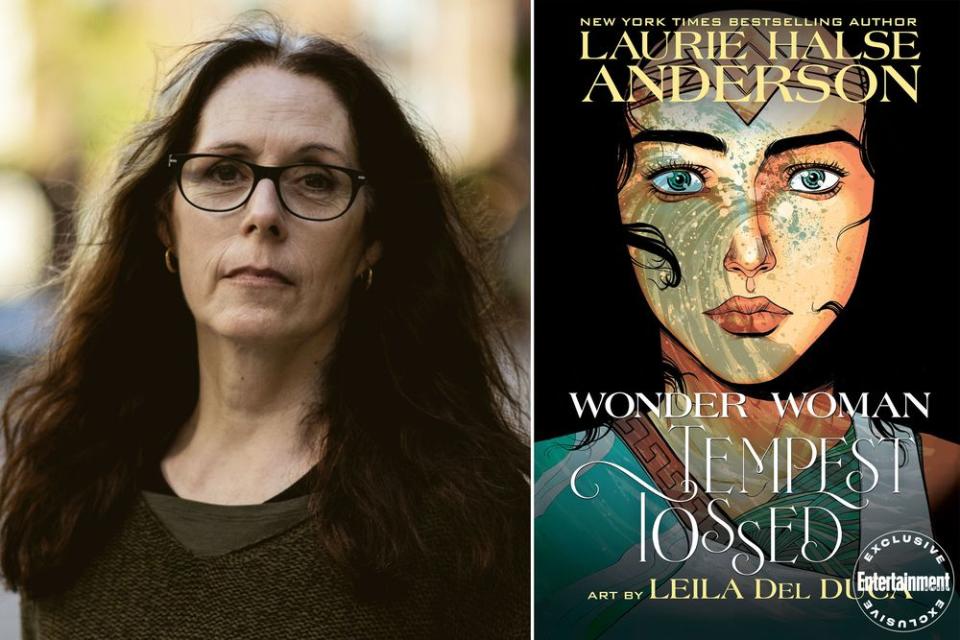
“I think this is a game-changer,” Anderson tells EW of telling Diana’s origin story through this lens. “I’ve been watching for years as we’ve seen families all over the world being forced into refugee camps — in Syria, it’s just been heartbreaking. Around the time that DC Comics approached me, there were several photographs in the news of child-size life preservers that had washed ashore in the Mediterranean, where families fleeing for their lives had taken their children on overcrowded boats and sometimes those boats sank and children died. There is a visual of this in the book when Diana finds one of these little life preservers.”
Anderson knew immediately that it was “the logical launching point not only for Diana, our growing princess, to encounter real-world refugees, but then also to go through that experience herself.” Below, Anderson breaks down what readers can expect from Wonder Woman: Tempest Tossed. Plus, EW has an exclusive first look at the graphic novel, out next year.
ENTERTAINMENT WEEKLY: How did you first hear about DC’s initiative to release more female-focused graphic novels?
LAURIE HALSE ANDERSON: A couple of other authors were beginning to talk about the projects they were doing on social media. I asked about it and was really impressed. The invitation came through my agent, and I asked if I could write Wonder Woman, and they said yes! It was such a good day. [Sighs] You don’t understand: When I was a little kid, that was when Lynda Carter was playing Wonder Woman on television, and I was just all about what a badass she was. I had a full-size Lynda Carter poster on my closet door for years, so you can imagine how happy I was to get to write this.
What excited you about getting to explore a younger, new version of Wonder Woman?
I do spend a lot of time thinking about the challenges facing adolescents and teenagers in our culture, and there are so many. To think about who was Wonder Woman when she was 16, I went back to the origin story. Given that the Amazons were created instantly by the gods, Diana was born out of clay and her mother’s longing to have a child, so that meant she was the only child in the history of Themyscira to grow up. They had never seen anyone going through the stages of childhood and adolescence. What a wonderful way to look through a slightly different lens at what it feels like when your body is going through these changes. You feel super-strong one day, physically and emotionally, and then the next day you can feel super-weak, sometimes physically and a lot of the times emotionally. I was really excited about that angle.
In the book, Diana is born strong, but when she becomes a teenager she loses her strength. What does taking that away from her add to the story?
I think every single human being goes through feeling like they lose their power when they’re teenagers. That’s such a great metaphor with her losing her physical gifts and being really baffled by what’s going on with her body — it’s that feeling of confusion and sometimes loss that teenagers can feel. You’re going from caterpillar to butterfly, and you’re in the middle of this really messy transition. We don’t do a great job as a culture talking to our kids and being really present in their lives to help them get through those hard times, which is why a lot of them end up suffering in silence and feeling so alone. But ultimately the hope is that all of our children will come through adolescence not as strong as they were when they went into it but even stronger, having had some experience in the real world, beginning to figure out who they are.
While she’s unsure of her strength and abilities, Diana is confident when it comes to breaking the rules when she knows that the rules aren’t right to help those in need. What do you want to inspire in young people reading this story in regards to activism?
This is one of the things I love the most about writing for and hanging out with teenagers. You see it right now in our country — and around the world, for heaven’s sakes — where kids are speaking up about climate change and gun violence and school issues. It really brings to my mind the cultural changes our country went through in the 1960s, starting in the civil rights movement and evolving into environmentalism. Revolutions are always led by the young. Part of it is because they have a lot of energy — when you get older, you get tired! [Laughs] But they also see the world very clearly. They don’t understand and don’t want to understand nuance; they see what’s wrong and what’s right. We try to raise our kids to live that way, and then as adults we begin to compromise, so that’s one of the greatest things that teenagers give us, is that every generation they come around and say, “Let’s revisit this. How can we do this better? We’re all going to walk out of school today, you should really be paying attention to us.”
When you finally saw the finished version of the graphic novel, what did you think?
I burst into tears. I really love this country. I love the promise of this country. And it breaks my heart when I see places where that promise has been broken and in some cases never upheld, that concept that we’re all created equal. We’re still working on that one. To tell a story that’s fun but also reflects the reality of so many of our fellow Americans and to do it in a way that can hopefully cause readers to have some conversations about immigration to America, what America stands for, or at the very least reflect within themselves, that was very important to me.
What do you hope people take away from the experience of reading this story?
Maybe it will give them a moment to reflect on the promises we make at the foot of the Statue of Liberty: Give me your tired, your poor. This is a really important time in the United States for us to be talking about, what are our national values? We have been the country that people came to in times of need, and that is a big part of our strength. I think it’s very important for art to reflect reality — that’s how we begin to open up conversations, and that’s how we move forward as a culture.
What was the most important aspect you wanted to get right with this book?
I look upon these stories as almost a form of novel-based speculative fiction, where you’ve got one foot in a fantastical world but those characters have to interact with the world that the readers know best and are inhabiting. Finding moments where we’re seeing Queens, New York, the Astoria neighborhood through Diana’s lens and we’re seeing her watching teenagers, we’re seeing her encounter homelessness, she’s never seen elderly people to begin with and the concept that a people wouldn’t take care of itself, and then she comes up against a deeply pathological bad guy, and by that point she’s beginning to sink into her power and recognizing that she’s got a role to play. As I was crafting this story and revising and revising, making sure that I struck the right balance between the world that she came from, the fantastical world, and our reality, that was really important to me.
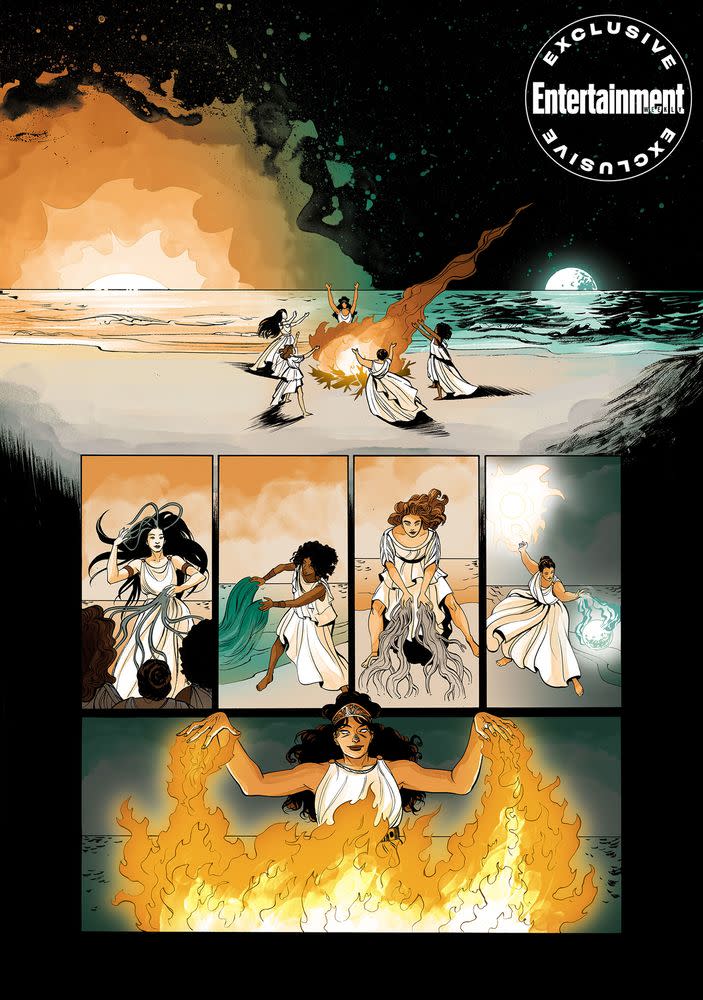
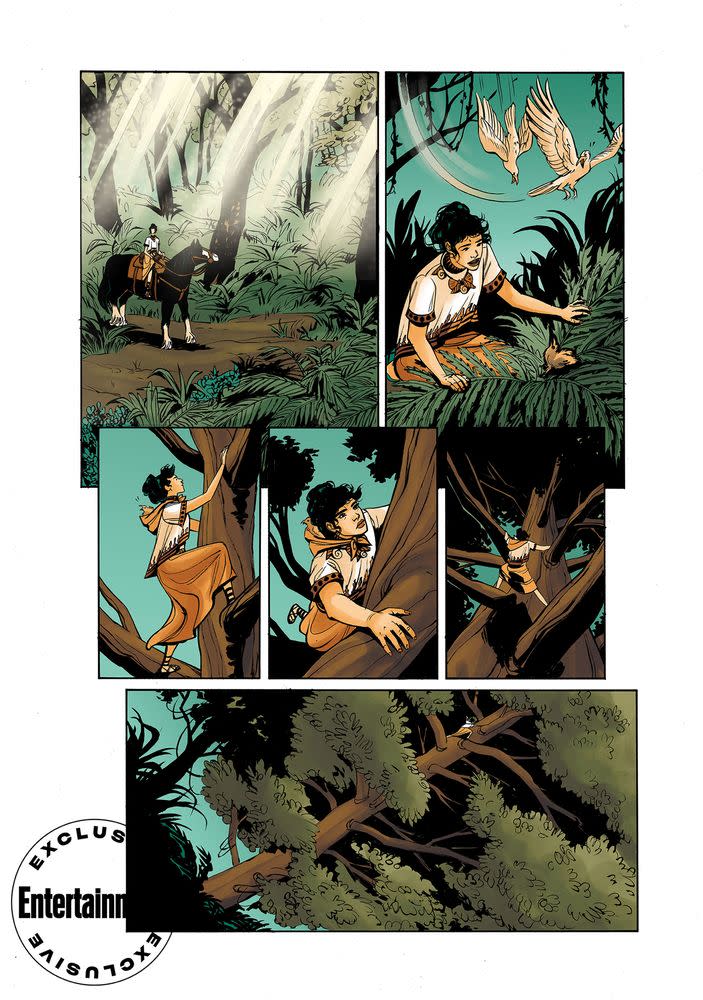
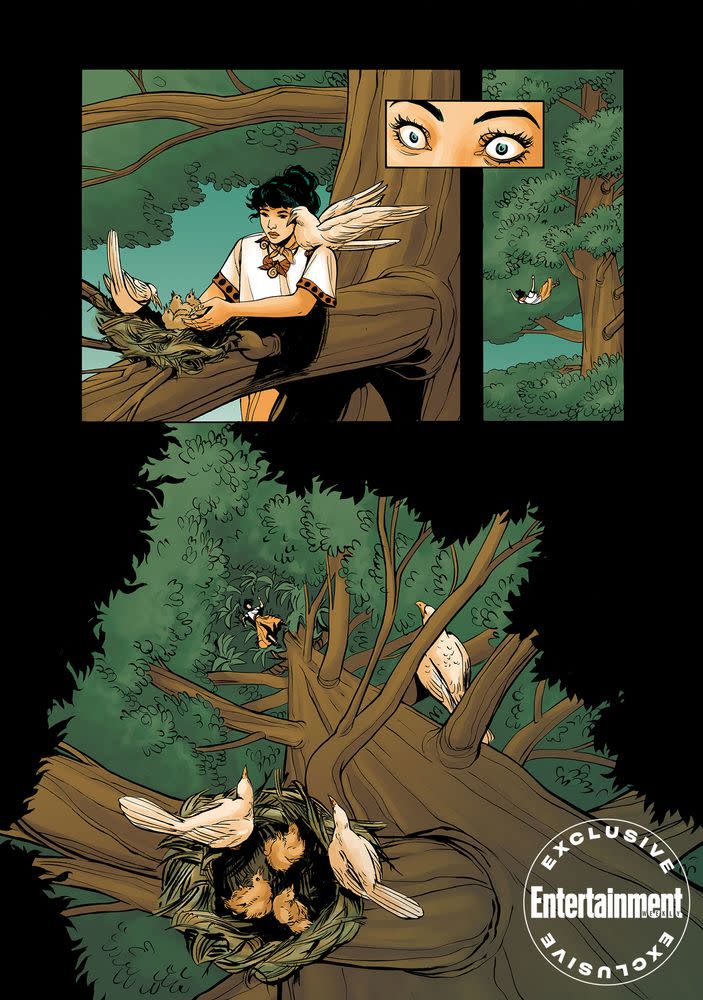
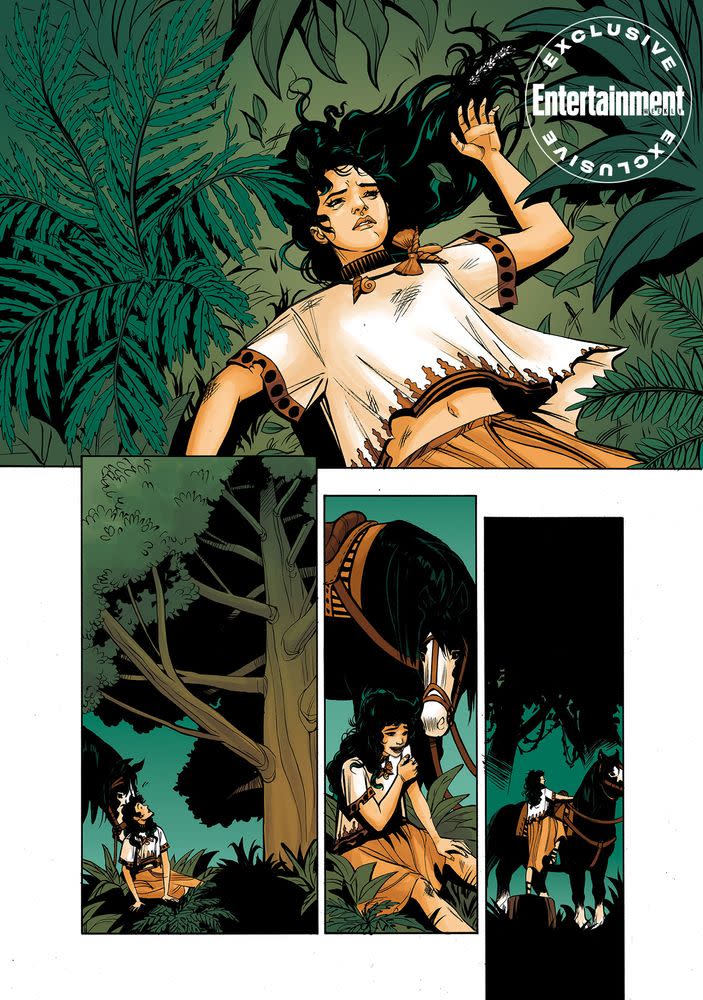
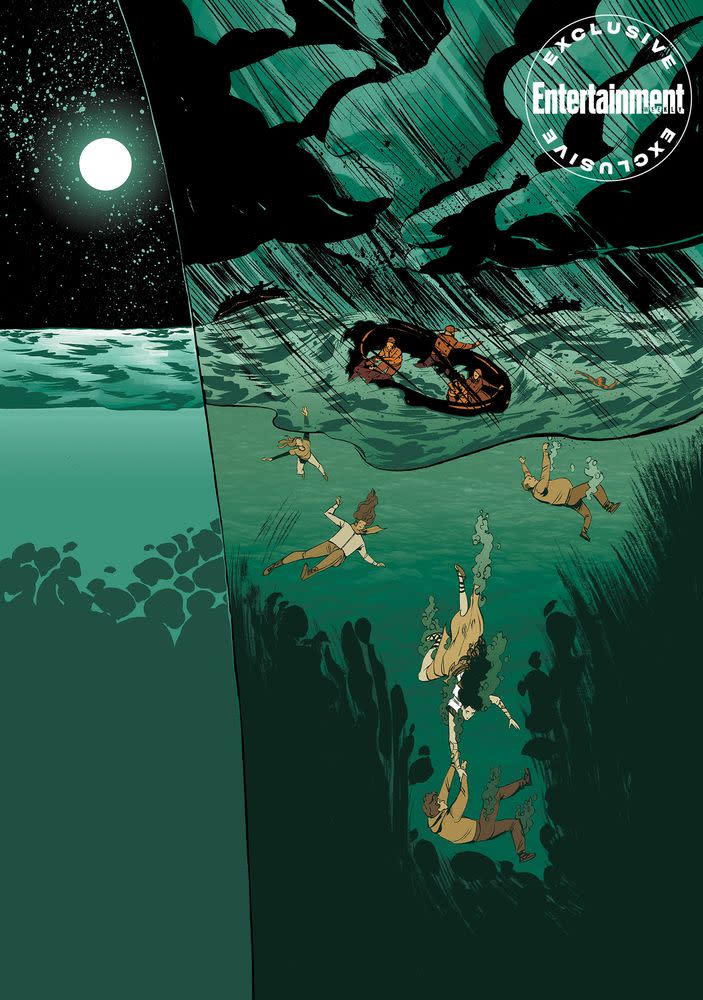
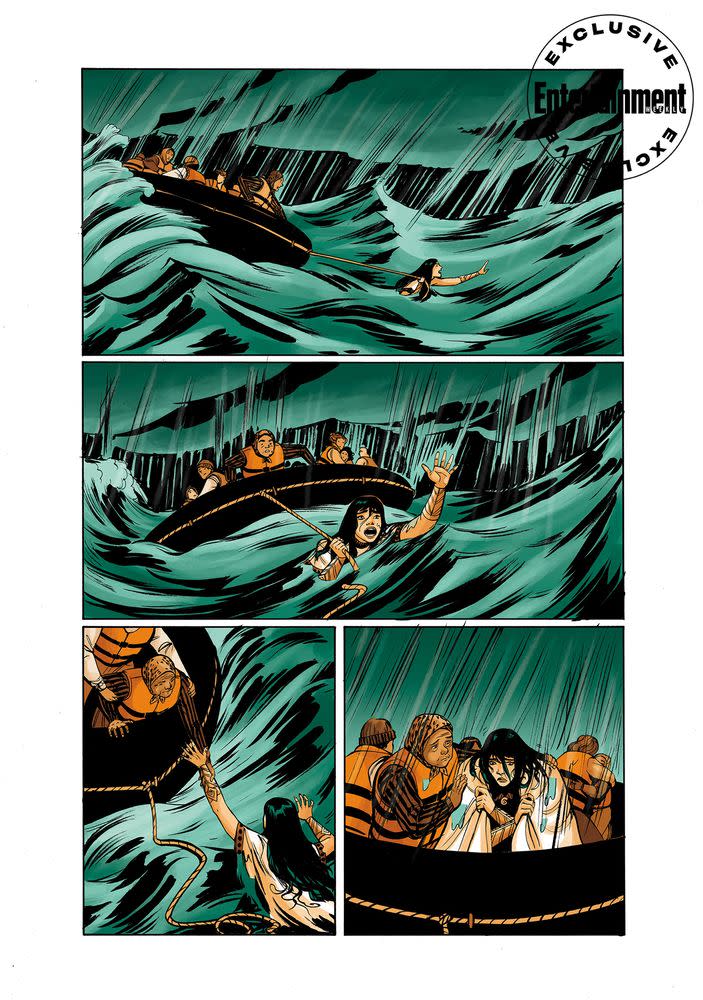
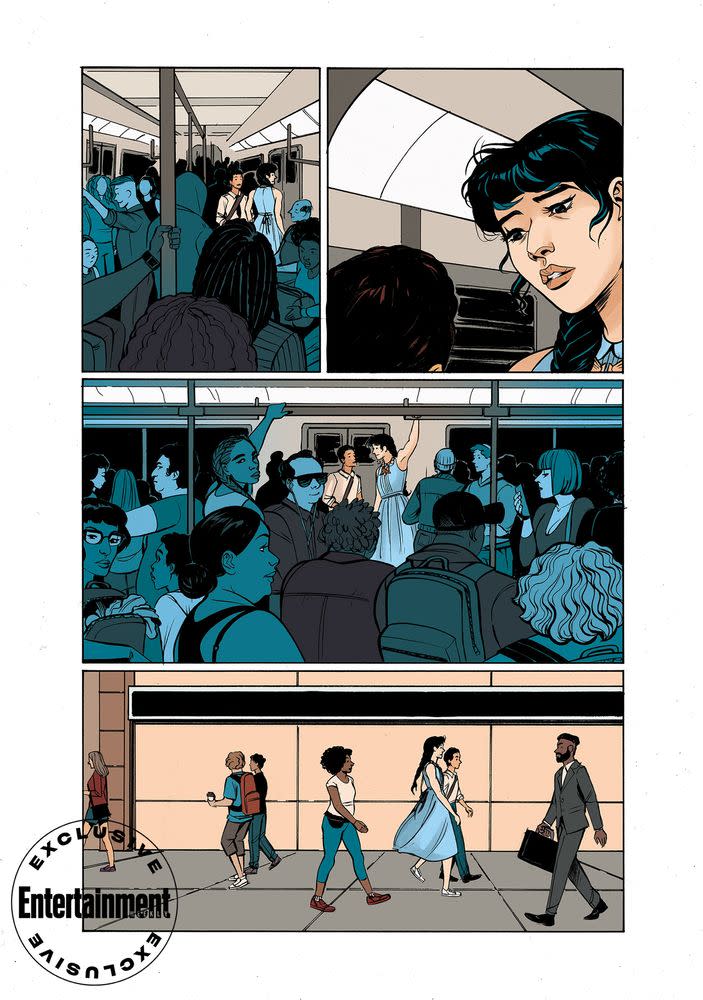
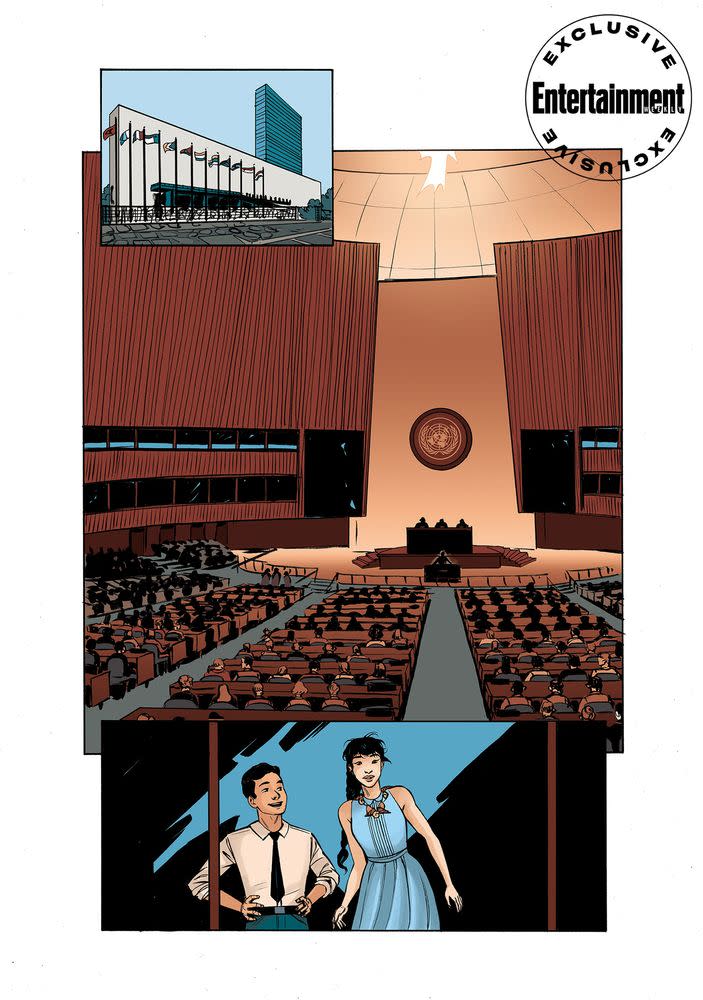
Wonder Woman: Tempest Tossed publishes June 2, 2020.
Related content:

